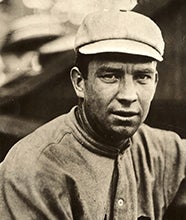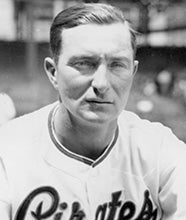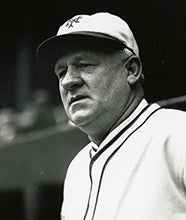- Home
- Our Stories
- Collins becomes sixth batter to join 3,000-hit club
Collins becomes sixth batter to join 3,000-hit club
At the time, it may not have seemed that extraordinary.
But when Eddie Collins became the sixth person to enter the 3,000-hit club on June 3, 1925, no one knew that it would be 17 years before the fraternity welcomed another member.
Collins, the Chicago White Sox's superb second baseman who also managed the team from 1924-26, recorded his 3,000th hit on June 3, 1925 during a 12-7 win over the Tigers at Detroit's Navin Field. Collins joined Cap Anson, Ty Cobb, Napoleon Lajoie, Tris Speaker and Honus Wagner as players with at least 3,000 hits.
In fact, Speaker recorded his 3,000th hit less than a month earlier on May 17.
Collins singled off of Detroit's Rip Collins for his milestone hit, and Cobb played center field for the Tigers that day – the first time one member of the 3,000-hit club was present when another breached the barrier.
Hall of Fame Membership
There is no simpler, and more essential, way to demonstrate your support than to sign on as a Museum Member.
But soon after, the door to the club appeared to slam shut. Seventeen seasons – a full generation of players – passed before Paul Waner became the seventh member of the club on June 19, 1942.
The 17 seasons between 3,000-hit milestones is the longest ever, matched only by the 17 seasons between Cap Anson's 3,000th hit in 1897 and Honus Wagner's in 1914.
Collins was 38 when he joined the club, and he played for five more seasons – finishing with 3,315 hits and a .333 career batting average.
Collins is one of only four players in modern baseball history with more than 500 steals (he stole 743 bases) and a .400 on-base percentage (.424).
Collins played the first nine seasons of his big league career in Philadelphia, and he helped the Athletics to four American League pennants and three World Series titles before he was sold to the White Sox before the 1915 season.
Collins then took the White Sox to the World Series in 1917 and '19, hitting .409 to help lead the Pale Hose to the title in 1917 when they beat the New York Giants in the World Series.
In 34 career postseason games, Collins hit .328 and stole 14 bases.
"Eddie Collins is the best ballplayer I have seen during my career on the diamond," said Giants manager and future Hall of Famer John McGraw.
Collins retired after four years as a part-timer with the A's from 1927-30 and was elected to the Hall of Fame in 1939.
He passed away on March 25, 1951.
Craig Muder is the director of communications for the National Baseball Hall of Fame and Museum
Related stories

Philadelphia A’s trade Jimmie Foxx to the Boston Red Sox
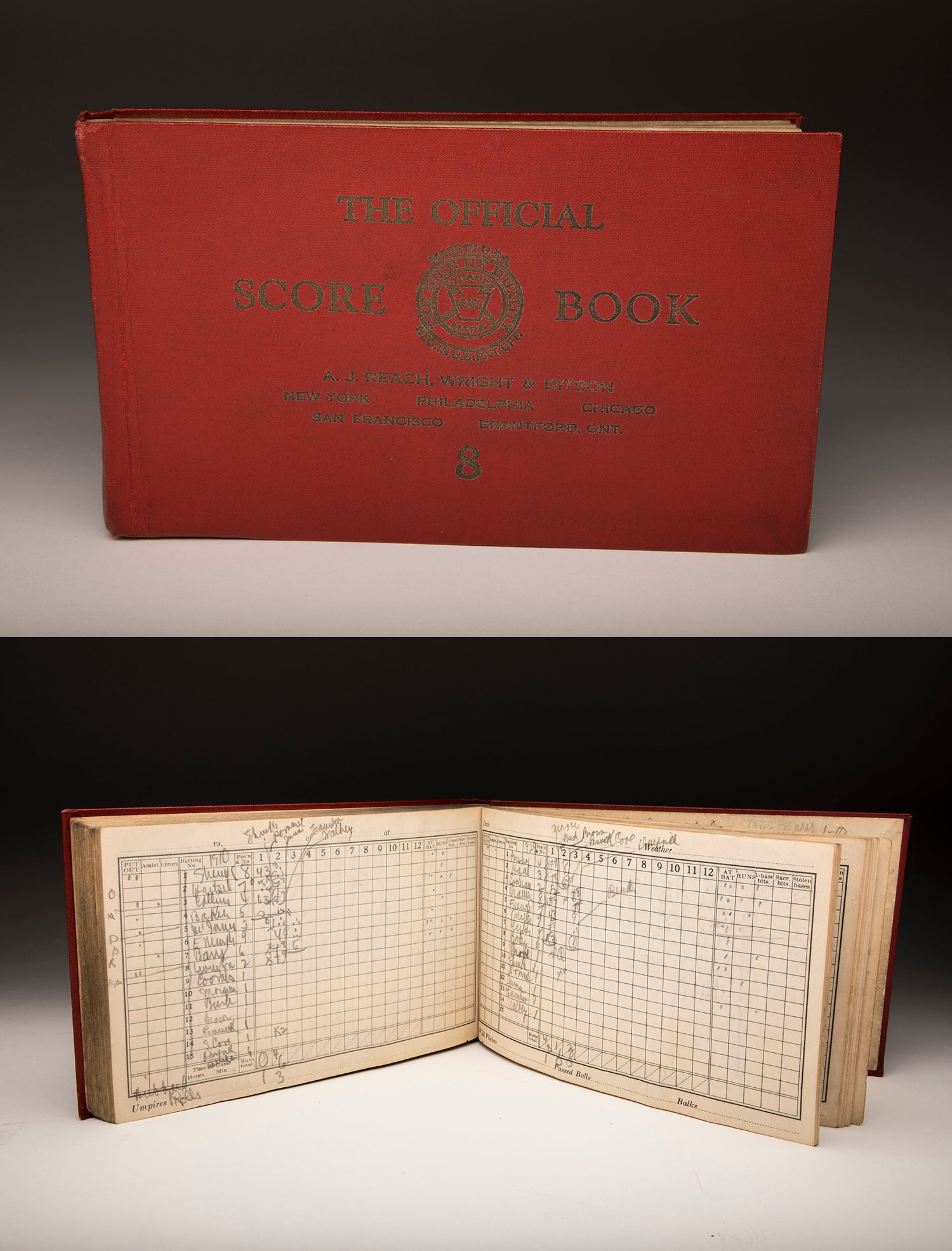
Philadelphia A’s old-timers game in 1939 brought together two generations of legends
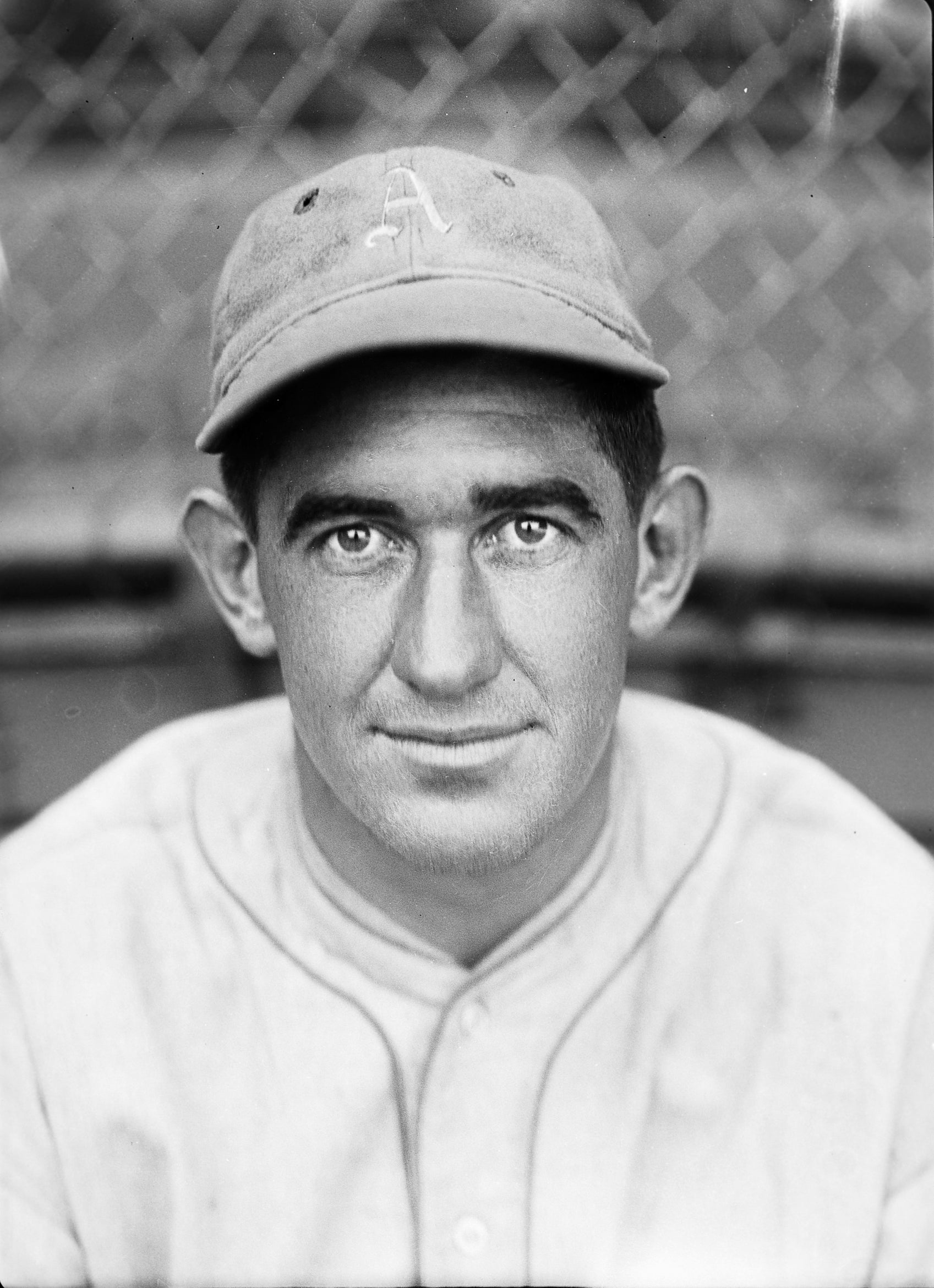
Mack breaks up second A's dynasty, trades Cochrane
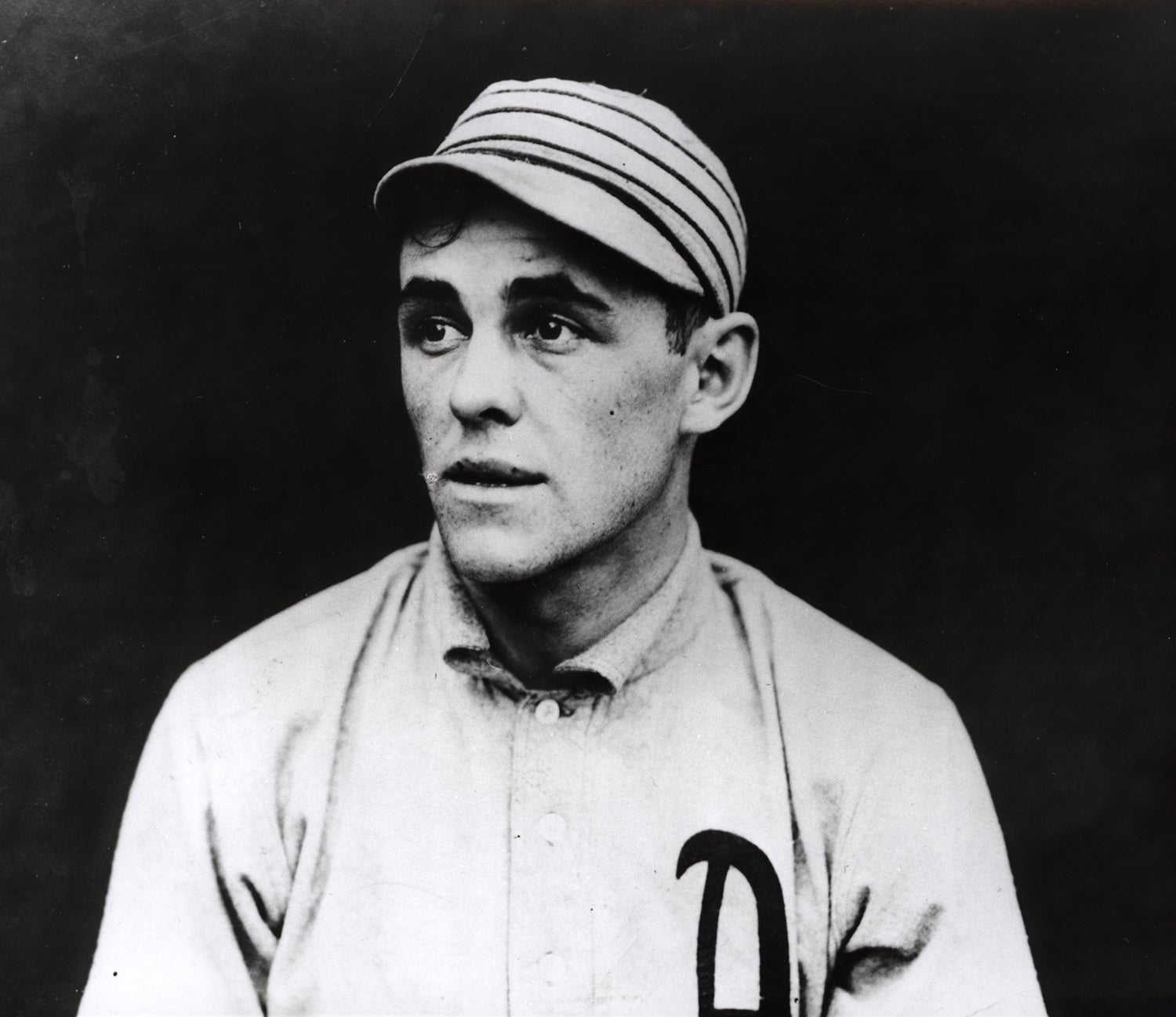
Mack trades final piece of $100,000 infield

Philadelphia A’s trade Jimmie Foxx to the Boston Red Sox

Philadelphia A’s old-timers game in 1939 brought together two generations of legends

Mack breaks up second A's dynasty, trades Cochrane





